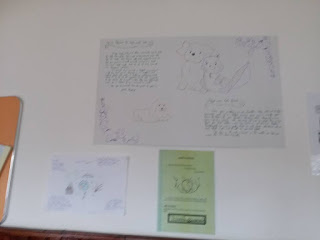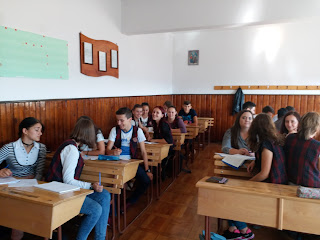Wild Dictation
Access this for more information: Wild Dictation This activity is very interesting and funny! The teacher asks the students to write the words for the following categorisation: 1. star/celebrity: __________ 2. adjective for food: _____________ 3. verb of movement: _____________ 4. kind of animal: ______________ 5. favourite food: _______________ 6. favourite drink: ________________ Then, the teacher dictates the following text: A car drove up to the zoo and stopped suddenly. _________ got out. He/She looked really _________. He/She started to __________ towards the ___________ cage. Since it was hungry and thirsty, it was given ___________ and ____________. The students have to fill in the gaps with the previously written words. For example, if I choose Bon Jovi as my celebrity, then the text can become really funny. The method can be used to reinforce grammar, vocabulary, listening skills, spelling.





Comments
Post a Comment